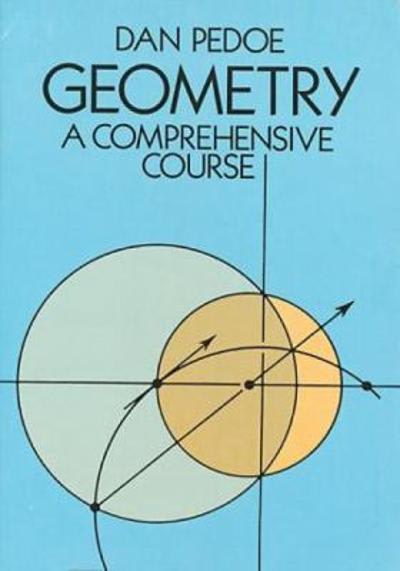Answered step by step
Verified Expert Solution
Question
1 Approved Answer
Please answer all the questions in the picture I know that it is a lot but my teacher is not being helpful and I am

Please answer all the questions in the picture I know that it is a lot but my teacher is not being helpful and I am struggling to understand. Please show all your work to help me better understand the problems. I will be posting the background information in the chat and I will be rating highly! Thank you!!!

Step by Step Solution
There are 3 Steps involved in it
Step: 1

Get Instant Access to Expert-Tailored Solutions
See step-by-step solutions with expert insights and AI powered tools for academic success
Step: 2

Step: 3

Ace Your Homework with AI
Get the answers you need in no time with our AI-driven, step-by-step assistance
Get Started


